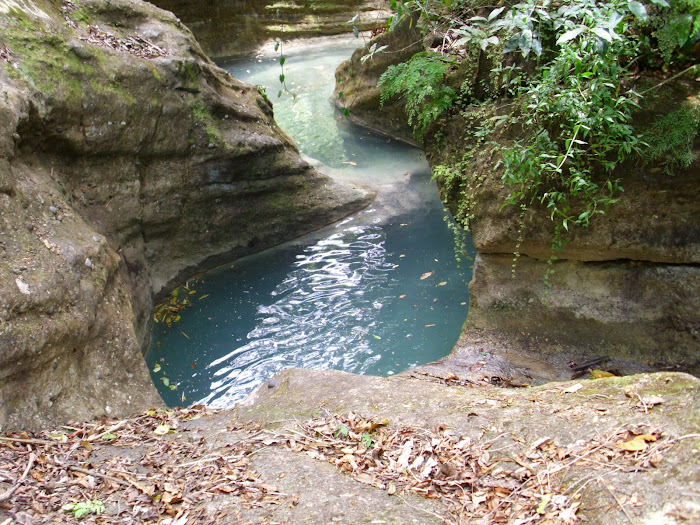Last Thursday, February 16, 2012, the Institute of Caribbean Studies and Reggae Studies unit at the University of the West Indies, Mona hosted the 15th Annual Bob Marley Lecture. Over the last four years that I have been attending this particular lecture, the various presenters have sought to look at issues emanating from Bob’s life such as: the politics involved in the relationship of the Wailers; Africa; Rastafari and Dancehall. But this year, Professor Mike Alleyne, a UWI PhD in Literatures of English Graduate, colourfully and excitedly exposed a rather captivated audience to “For the Record: Bob Marley’s Island Albums and the 40th Anniversary of Catch A Fire”
The presentation was filled with some lively and vivid slides of album covers and a sharp demonstration in sounds of the different kinds of mixing of Marley’s music over the years. This year, the lecture was actually about Marley’s music, how it was made, mixed and marketed.
The term ‘Island Albums’ refer to those Albums which were executively produced and marketed by Chris Blackwell’s Island Records. Alleyne in his presentation looked at the first such album, Catch a Fire, now in its fortieth year, in relation to all the other Island Albums which came after and compared their successes. Of course he spent quite a bit of time on Catch A Fire showing his audience how the mixing, the album cover and the sequencing of the songs contributed to its success on the overseas market.
It was rather surprising to hear that it was marketed as ‘rock reggae’ over and against ‘raw reggae’ to the international community as Blackwell believed that at that time in 1972 rock music was what appealed to patrons. And so, Catch A Fire was popular and successful beyond Jamaica because of its foreign rock infusions in the mixing of the songs. To demonstrate his point, Alleyne played a piece of the local version of Stir It Up and also the rock version which was marketed abroad. This, much to his audience pleasure and delight. Indeed the sounds are different, but the question is which sound is better and is there an ‘authentic’ sound for reggae music? In order to make the discussion a little more complicated, Alleyne showed Marley in an interview who when asked about the mixing answered “…plenty music get lost in mixing”.
In the cross cultural synthesis of Catch A Fire, even the album cover was rock focused. Alleyne believes that “the cover represents the epitome of album packaging”. And it was not until later on that the cover with Marley smoking the ganja spliff came out. The other Island albums, Survival, Kaya, Rastaman Vibration, Uprising and even Exedous were not as popular as Catch a Fire which was a work of artistic contradictions.
This year’s Bob Marley lecture is the best I have attended so far and undoubtedly, this was due to the high quality of the presentation. The venue, the Neville Hall Lecture Theatre added some amount of essence to the affair over and against the laid back, free flow attitude that one usually gets when events of such cultural importance are held at the Undercroft.
Wednesday, February 29, 2012
Subscribe to:
Post Comments (Atom)





No comments:
Post a Comment